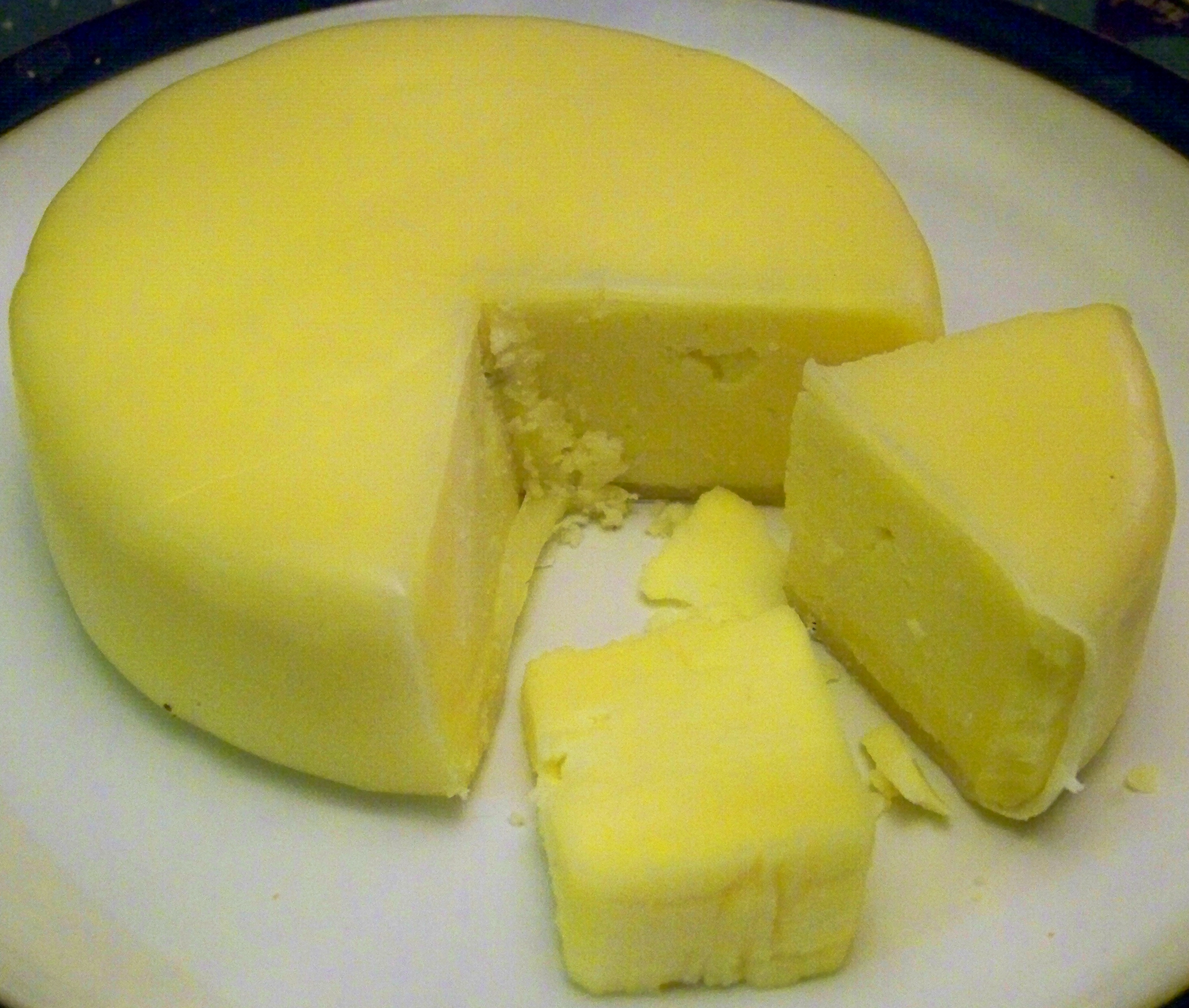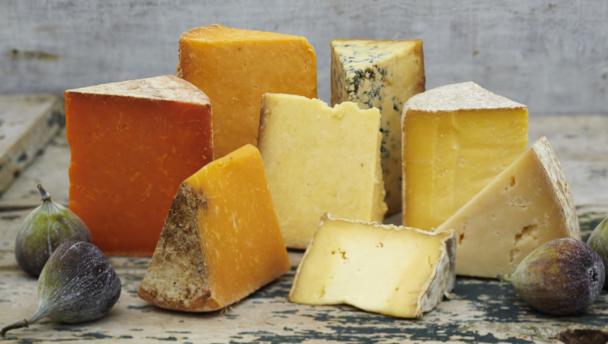Researchers studied the effect in mice of consuming
feed enriched with oil from glasshouse-grown genetically engineered Camelina
sativa, developed at the agricultural science centre Rothamsted Research.
The goal of the research was to discover whether
mammals (using mice as a model) can absorb and accumulate EPA from this novel
source of omega-3s.
The team examined levels of EPA in various organs in
the body such as the liver, as well as its effect on the expression of genes
key for regulating the way the body processes fats. The results show that the
benefits were similar to those derived from fish oils.
Lead researcher Prof Anne-Marie Minihane, from UEA's
Norwich Medical School, said: "The long chain omega-3 polyunsaturated
fatty acid EPA is beneficial for cardiovascular and cognitive health, as well
as for foetal development in pregnancy.
"The recommended minimum dietary intake can be
achieved by eating one to two portions of oily fish per week.
"But for everyone in the world to achieve their
minimum dietary intake, you would need around 1.3 million metric tonnes of EPA
per year. Fish currently provide around 40 per cent of the required amount --
so there is a large deficit between supply and demand.
"There is a great need to identify alternative
and sustainable sources of these beneficial fatty acids.
"We wanted to test whether oil from genetically
modified plants could be used as a substitute. This first study indicates that
mammals can efficiently accumulate the key health-beneficial omega-3 fatty acid
EPA."
The research team studied mice which had been fed
with EPA oil from genetically engineered Camelina sativa, commonly known as
false flax, but actually a member of the Brassicaceae family. Crops were grown
in glasshouses at the primarily publically-funded Rothamsted Research.
The researchers looked to see whether consuming oil
from the engineered plants was as beneficial as EPA rich -- fish oil. They did
this by testing tissue concentrations of fatty acids in liver, muscle and brain
tissue, along with the expression of genes involved in regulating EPA status
and its physiological benefits.
Prof Minihane said: "The mice were fed with a
control diet similar to a Westernised human diet, along with supplements of EPA
from genetically engineered Camelina sativa or fish oil, for ten weeks --
enough time for any beneficial results to be seen.
"We found that the genetically engineered oil
is a bioavailable source of EPA, with comparable benefits for the liver to
eating oily fish."



